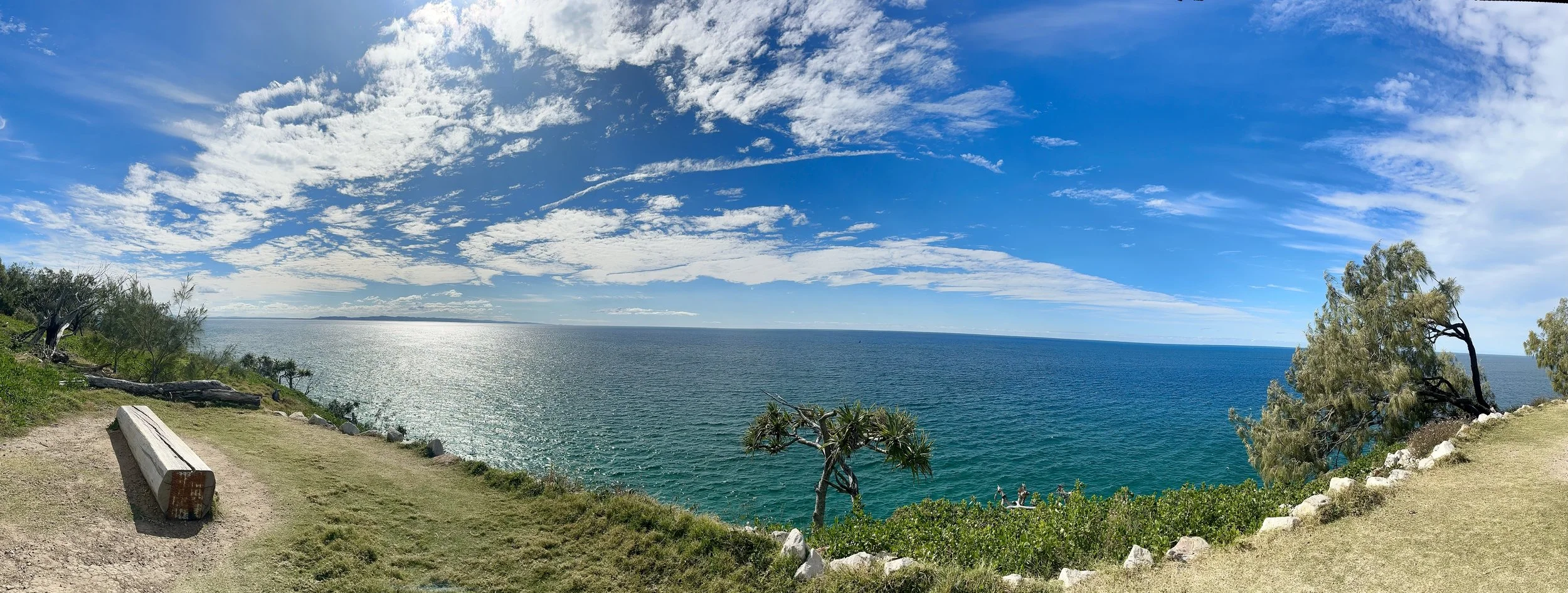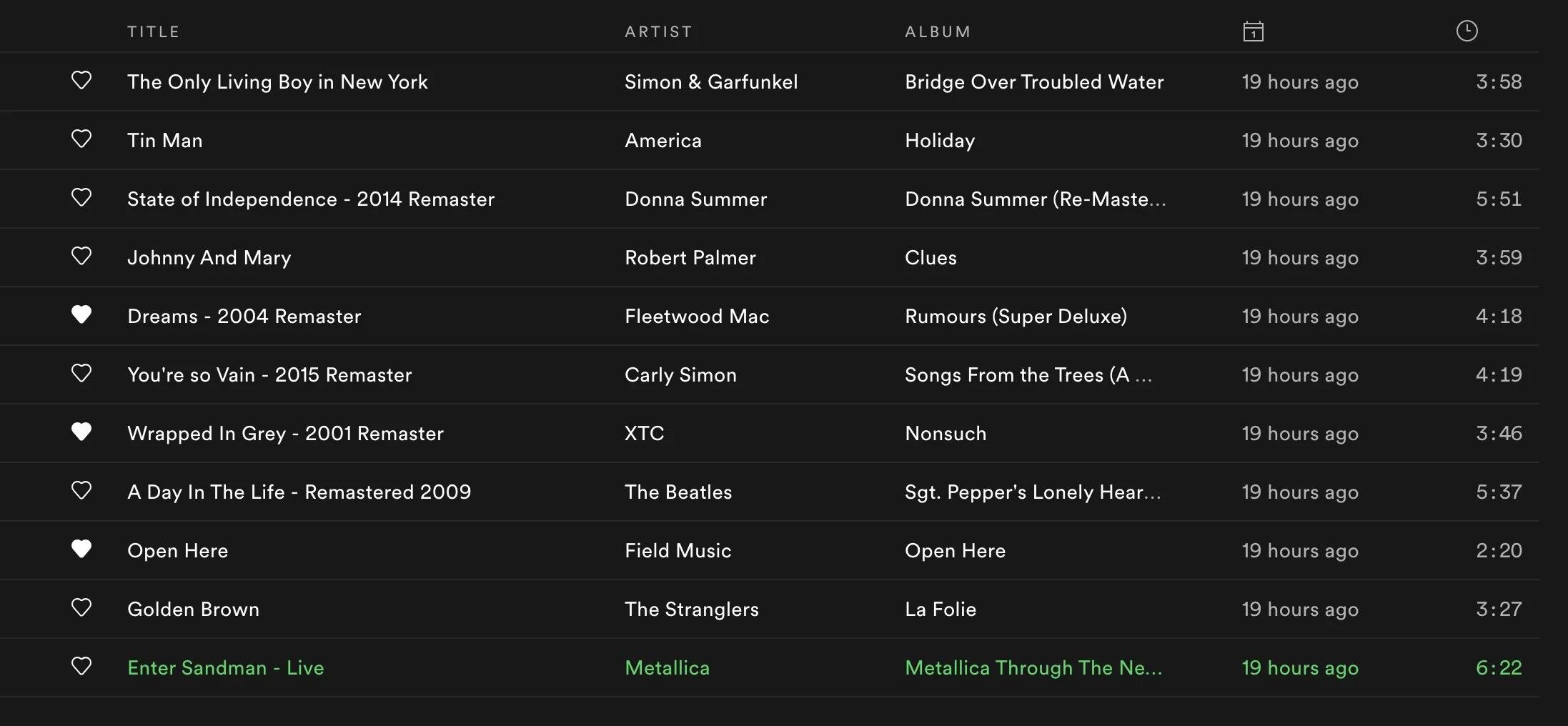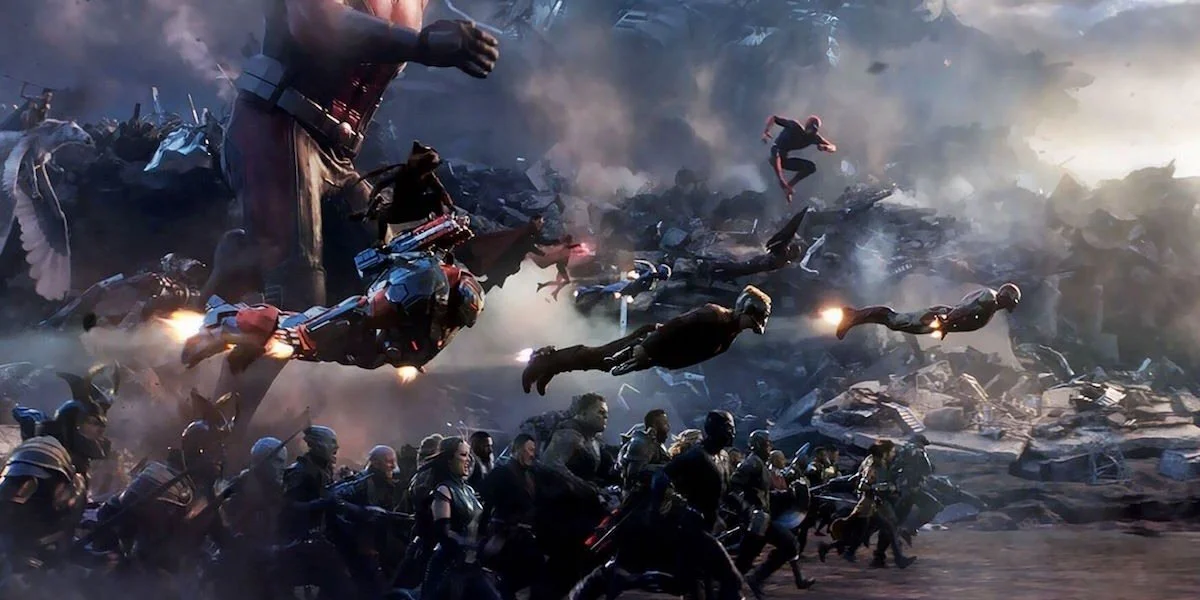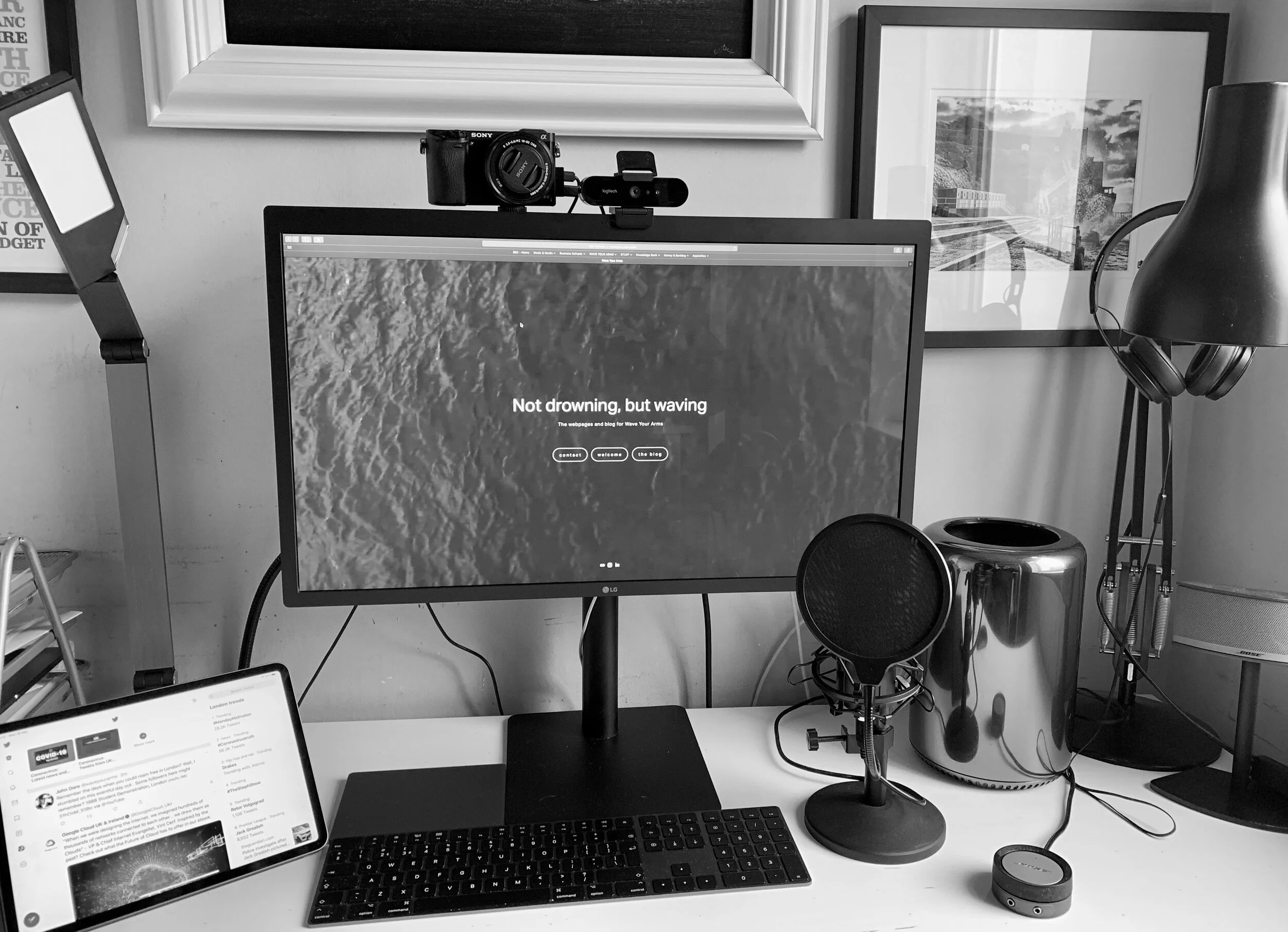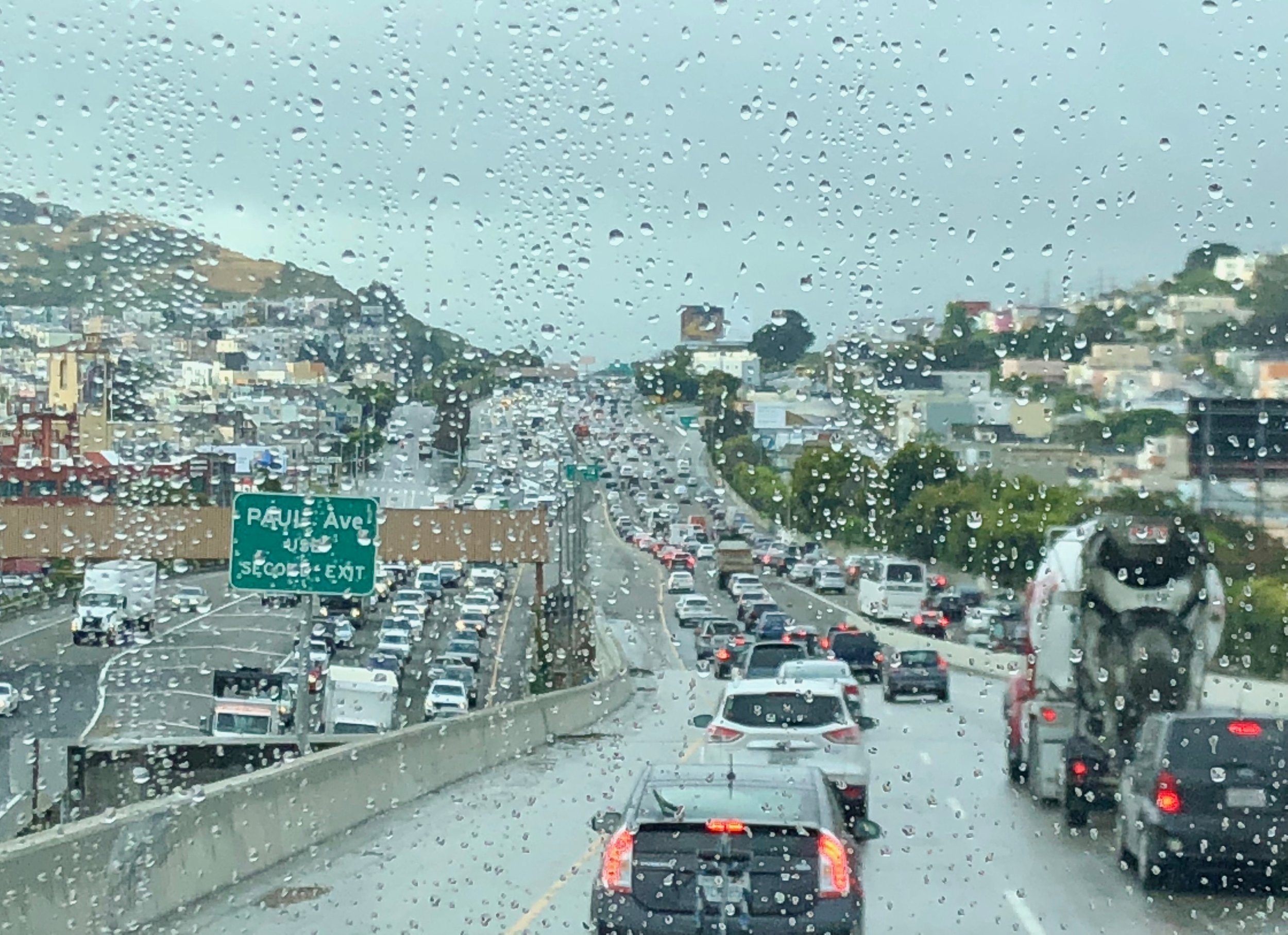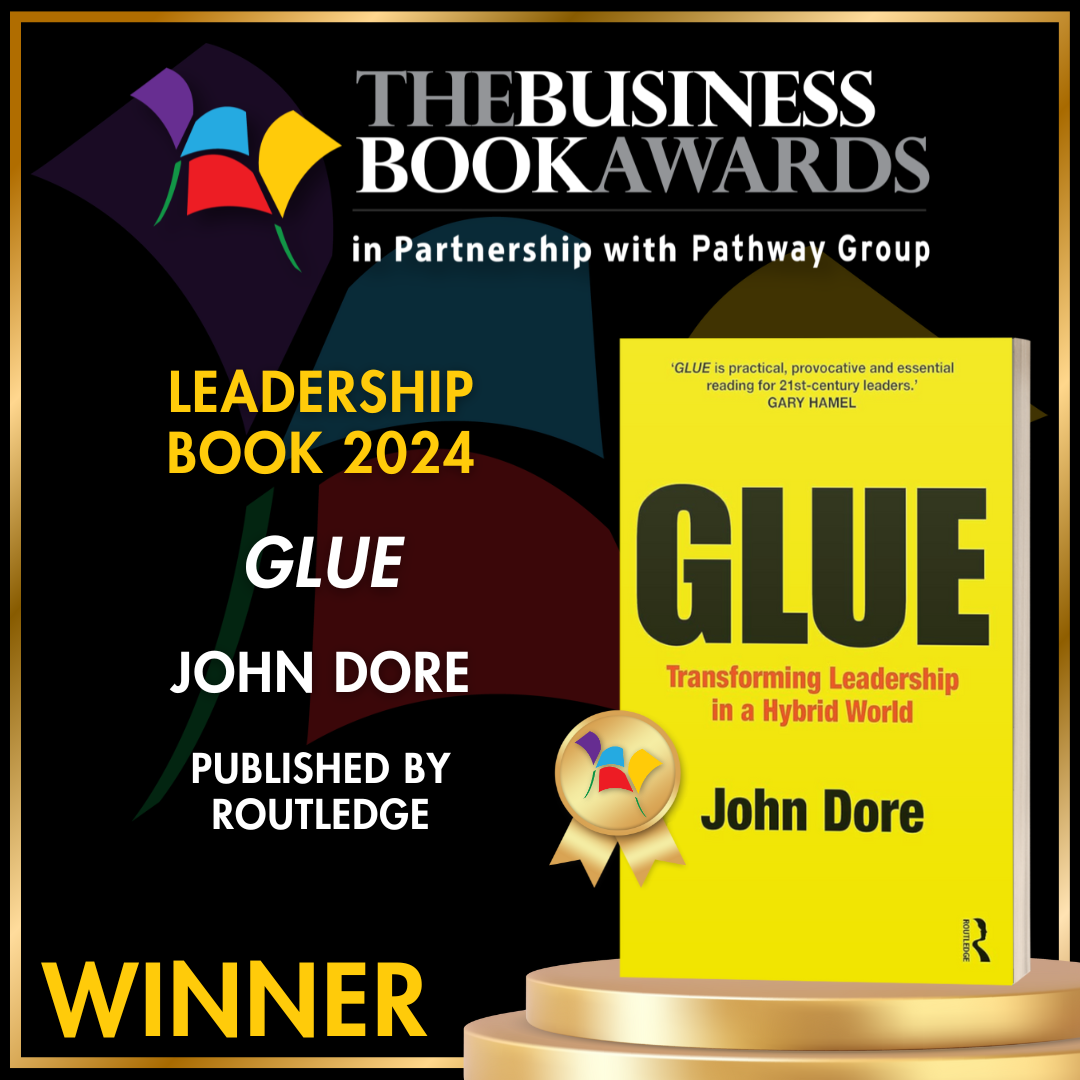Three Sides (a)Live
/When I was about thirteen, any song on an album which ran under 18 minutes long was instantly regarded (by me) as mere trivial pop and therefore crap. Great music then had to meet a number of criteria; be arranged in several different time signatures in the same “song”, have a singer who sounded weird and elated and mystified at the same time; about 14 musicians (well 5 bearded guys overdubbed on top of one another) playing complicated stuff at the same time, indiscernible lyrics that mentioned (often within the same “song”) stars, lakes, forests, spaceships, blackholes, hedgerows, nurseries, alien adduction, war, peace and ageing. Lots of ageing. Deep themes and concepts were important and were debated heatedly with others (well the two other boys I knew who also liked Prog) and were drawn from classical literature, as well as science fiction and fantasy writers like Tolkien, Arthur C Clark, Asimov and French people I had never heard of. Lots of people I had never heard of. And the records themselves were adorned in extraordinary covers, crafted by genius album artists, who could fuse enigmatic fantasy landscapes, animals, nudity, swirly graphics and unusual serif fonts. Today, all that unbridled and unapologetic creativity is readily available on Spotify and you can easily create a 14 hour play list with just a handful of choice tracks from the era. Under the cover of headphones, I have been secretly transported back to 1993. I am back in HMV records in Bradford, where I met Marillion (still with Fish) and they all signed a copy of Script For A Jesters Tear for me. That much cherished though seldom played album was subsequently stolen from a student house in Hull, so if anyone reading it now feels guilty, or embarrassed to have Prog in their collection, the please let me know. Anyway, I am not sure those heights of complete early teenage engrossment will ever quite come back, but someone put me on to Big Big Train and this month has been a nostalgic musical joy. The band have a singer who looks like a young Patrick Stewart, playing the flute in a three-piece suit and he sounds just like 1973 version of Peter Gabriel. It is uncanny. The band also (for a while) had Dave Gregory, of the incredible XTC, playing 12-string electric guitar and despite everything that has happened in 2020, the world is momentarily a place of unbridled wonder again, in 9:8 time.
Movie Theatres are Dust
I realised this week that local cinemas will soon go the way of Blockbuster shops. Movie theatres are pretty much shut around the world and many (like pubs, clubs and music venues) will never open again. There was some hope of survival in September when Cineworld managed to secure a gigantic shareholder backed refinancing. Now Warner Brothers, sitting on a slate of (potentially) amazing 2020 deferred and pending 2021 film releases (including the much-anticipated Dune, directed by directed by Denis Villeneuve) announced that it will premiere simultaneously in theatres and on their streaming platform HBO Max. This may well be the beginning of the end of large international theatre chains, which need global release schedules, coordinated marketing campaigns, and crucially, exclusive release windows, so films can be seen only theatrically before they hit the TV screens. Today the brilliant Christopher Nolan, who made Tenet, The Prestige and Interstellar, weighed in on Warner Bros’ recent announcement: “Some of our industry’s biggest filmmakers and most important movie stars went to bed the night before working for the greatest movie studio and woke up to find out they were working for the worst streaming service," he said. His comments might seem overly precious in an industry turned upside down by a global pandemic, but in a business where great ideas take many years to go from writer’s concept to script to development to production to release, Warner Bros’ decision to suddenly break industry ranks will surely kill many of the theatres that have funded that same creative process. I guess we will see, or rather not see, in the coming months.
Writing
Yes, I’ve “decided” to start writing again. Those of you who have followed Wave Your Arms for a while will know how immensely insignificant that statement this is. Despite the cliched lonely travails of the would-be author, writing is not in the same league as doing a decent job, let alone putting a man on the moon, curing cancer, or solving war zone conflict. It might feel like that, but it’s not. Writing is often a self indulgent pastime, occasionally becoming (for a tiny minority of talented scribes) something noble, worthwhile and meaningful for others, perhaps for a bit. Yes, books, poems, even lines from a song, can change lives and inspire ideas and hope in readers. For most of us though, it’s a humble harmless pursuit of pointlessness, but it is at least marginally purposeful and for me it was ‘start writing again’, or going to the gym more often.
While on the subject of writers and creativity; this week, the Government have started vaccinating people against Covid-19. One of the very first to be injected is an 81-year old gentlemen in Warwickshire called, William Shakespeare. No, you could not make it up. I am sure the PR teams attached the project were bent double with the whimsical wonderfulness served up by the name of their early ‘jab a grandad’ volunteer. They could have chosen Bob Smith down the corridor on another Ward, but then where would have been the headline-writes-itself thrill in that? But somehow watching this all happen “as flies to wanton boys we are to the Gods, they kill us for their sport” was the line that popped into my head. Sincerely, I wish William and all the other volunteers in wave one of this exercise all the very best.

